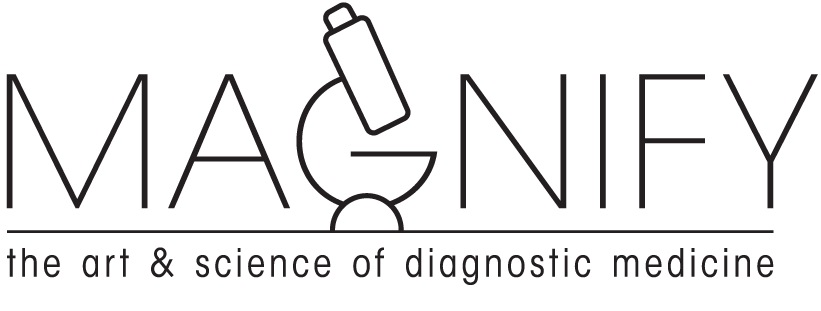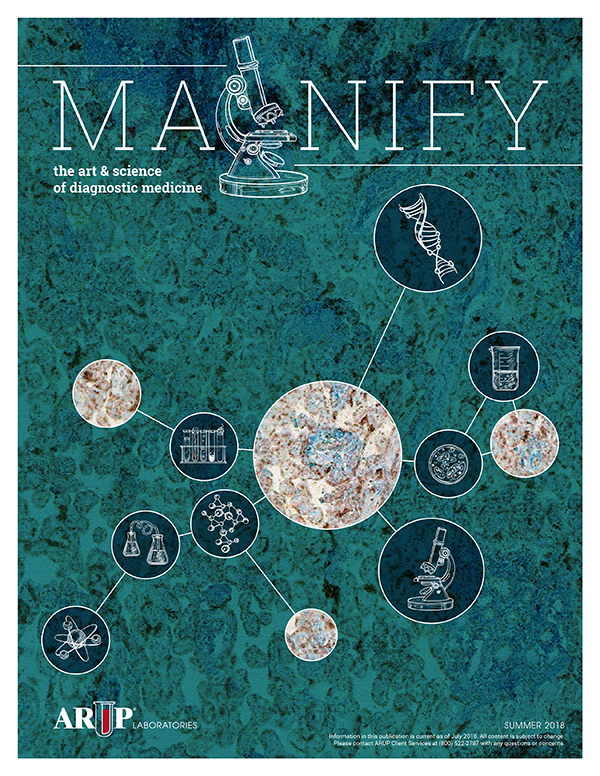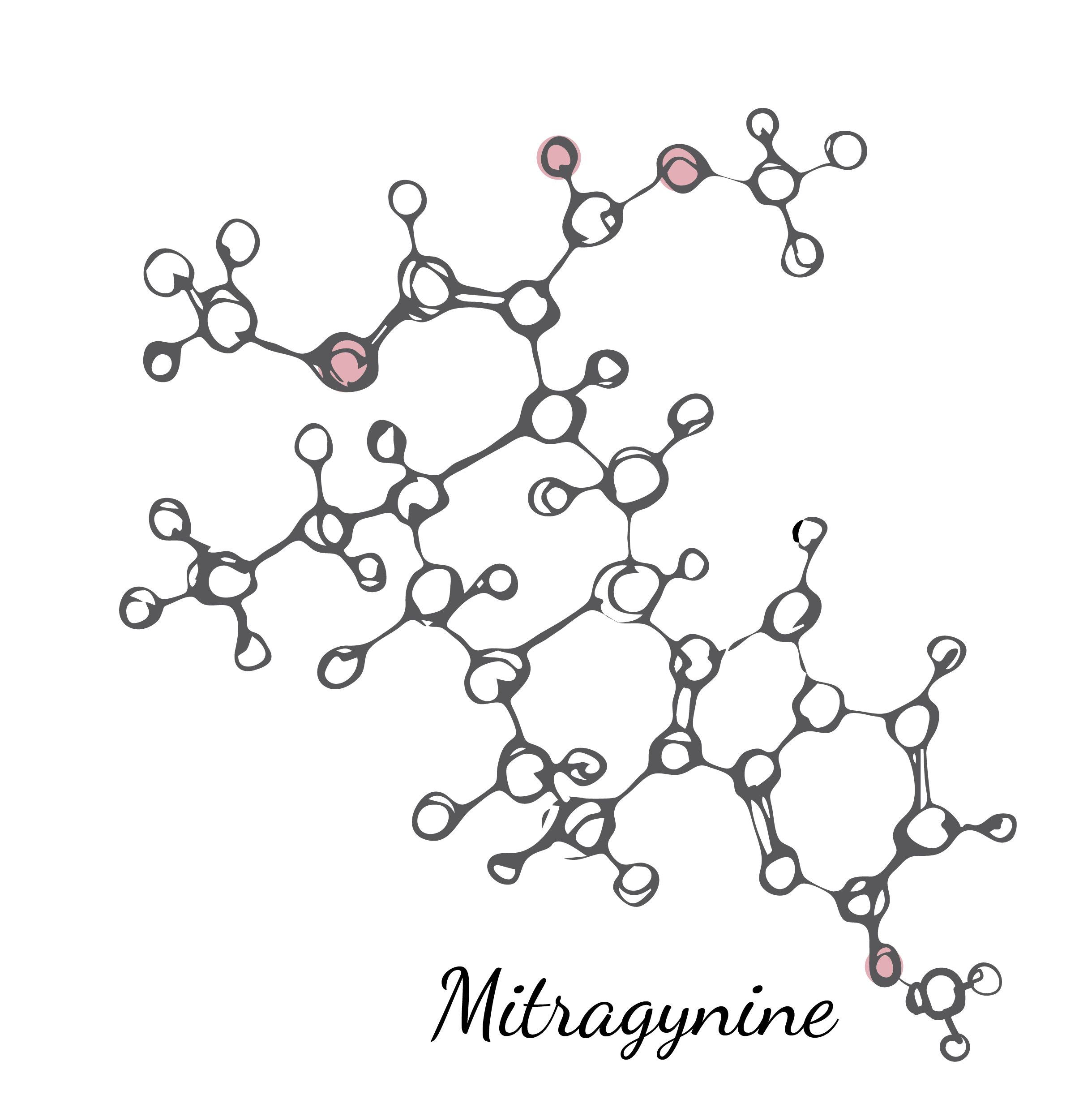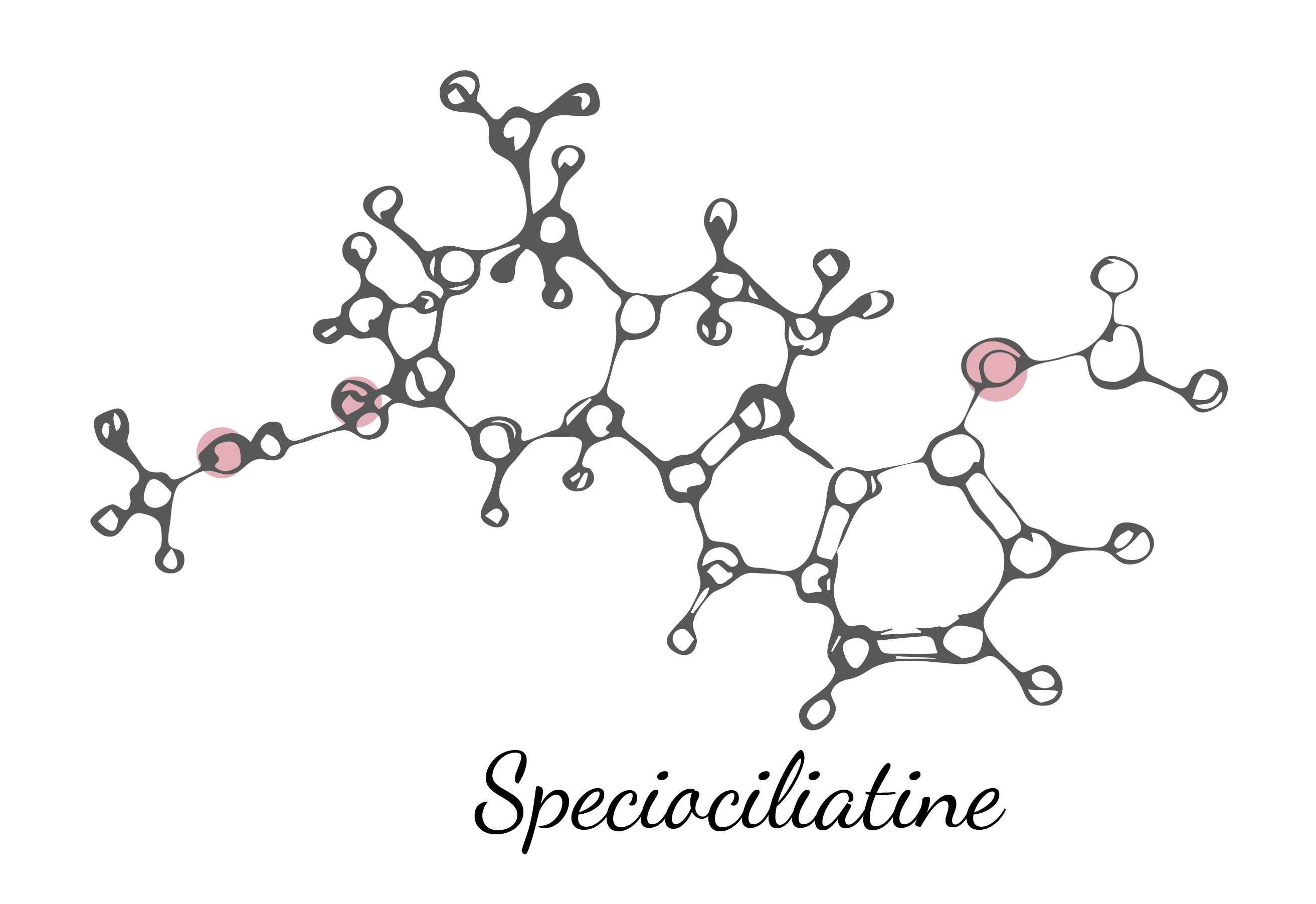The telltale signs of drug withdrawal are present: sweating, watery eyes, and agitation. Newborns who have been exposed to drugs in utero experience physiological symptoms that are similar to those seen in adults with substance use disorders who are undergoing withdrawal.
But how can healthcare providers be certain that withdrawal is the reason for the symptoms, and what is the best way to find out?
ARUP Laboratories offers newborn drug screening that provides quick, qualitative results that support time-sensitive clinical and social management decision-making, said Gwen McMillin, PhD, DABCC (CC, TC), FAACC, scientific director for the mass spectrometry platform and medical director of Clinical Toxicology at ARUP.
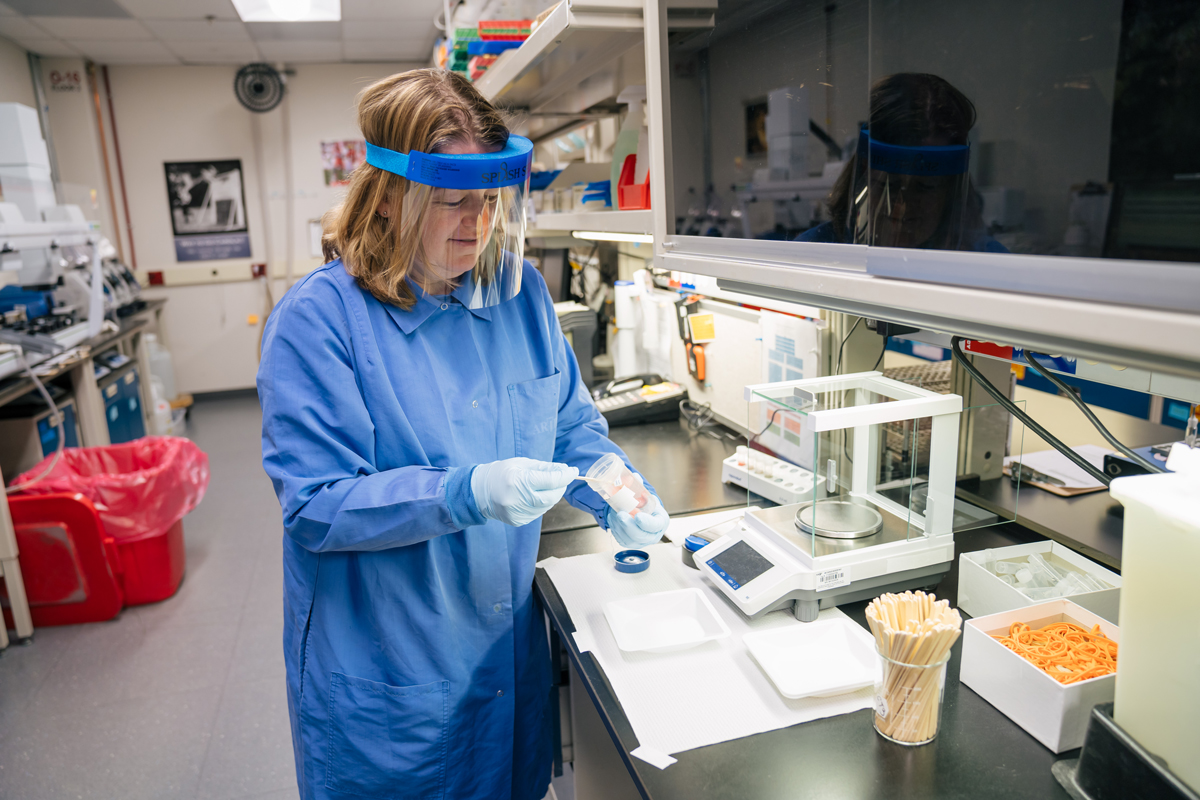
“We’re not here to judge or question why people use drugs. That’s not our job,” she said. “Because we come from the clinical laboratory perspective, our overall goal is to help the patient and the provider.”
Self-reported drug use is generally unreliable, so biological testing may be needed to detect prenatal drug exposure. ARUP uses what it believes is the best approach to deliver quality information quickly.
For example, more than a decade ago, ARUP started offering drug screening for prenatal drug exposure on umbilical cord tissue as an alternative to meconium, an infant’s first stool. Umbilical cord tissue has proven to be valuable as a specimen type for evaluation of in utero drug exposure because, unlike meconium, it can be collected at birth. Drugs deposit consistently along the length of the cord, and for that reason, it also doesn’t matter which portion of the cord is collected for testing.
Actionable results are also delivered more quickly because ARUP was an early proponent of the philosophy that clinicians do not need to follow the traditional screen-with-reflex approach for drug testing. Rather than screening with an immunoassay, then confirming results with a mass spectrometry test, ARUP starts with the more accurate, more sensitive mass spectrometry test to save time.
ARUP test results note the drugs that the test detected but do not provide the concentrations of those drugs. McMillin said quantitative results typically aren’t necessary for clinical and social management decision-making, and it can be difficult to endorse their accuracy. Reporting qualitative results minimizes the risk of results being miscommunicated or misinterpreted.
Reflecting the Real World
A commitment to aligning newborn drug screening with clinical needs also informs ARUP’s test development efforts.

ARUP collaborates with hospital delivery units as well as representatives from children and family services agencies across the nation to understand when new drugs should be added to screening panels. “Without talking to clients, without getting into the trenches, we really don’t know who we’re serving,” McMillin said. “Collaborating with clinicians and other caregivers is a really valuable way to learn more about what we should be seeing or how we could improve things.”
For example, conversations with providers led ARUP to be the first clinical lab to add gabapentin to its screening panels. The drug is often prescribed as an alternative to opioids or in combination with opioids for pain management. It is currently not on the federal schedule of controlled substances and has historically been believed to be safer and have less abuse potential than opioids. However, hospitals started seeing newborns who were displaying withdrawal symptoms, even though their drug screens were negative. Further investigation revealed that their mothers had been prescribed gabapentin during pregnancy, and the drug is now recognized to precipitate and potentially worsen the severity of drug withdrawal symptoms.
Kratom, an herbal extract that is often used recreationally for its opioidlike effects, is another example. Regular kratom use is associated with drug dependency, and cessation of use can lead to withdrawal symptoms. ARUP recently added kratom to its fetal drug exposure detection panel for meconium specimens, in addition to its standalone test for umbilical cord specimens, to detect fetal exposure to the extract. “There is perception that kratom is harmless because it is considered legal in most places,” McMillin said. “It’s important to know that [kratom] is a potential cause of withdrawal symptoms in neonates to help inform medical management decisions, such as the risks of continuing to use kratom while breastfeeding.”
Gwen McMillin, PhD, DABCC (CC, TC), FAACCCollaborating with clinicians and other caregivers is a really valuable way to learn more about what we should be seeing or how we could improve things.”
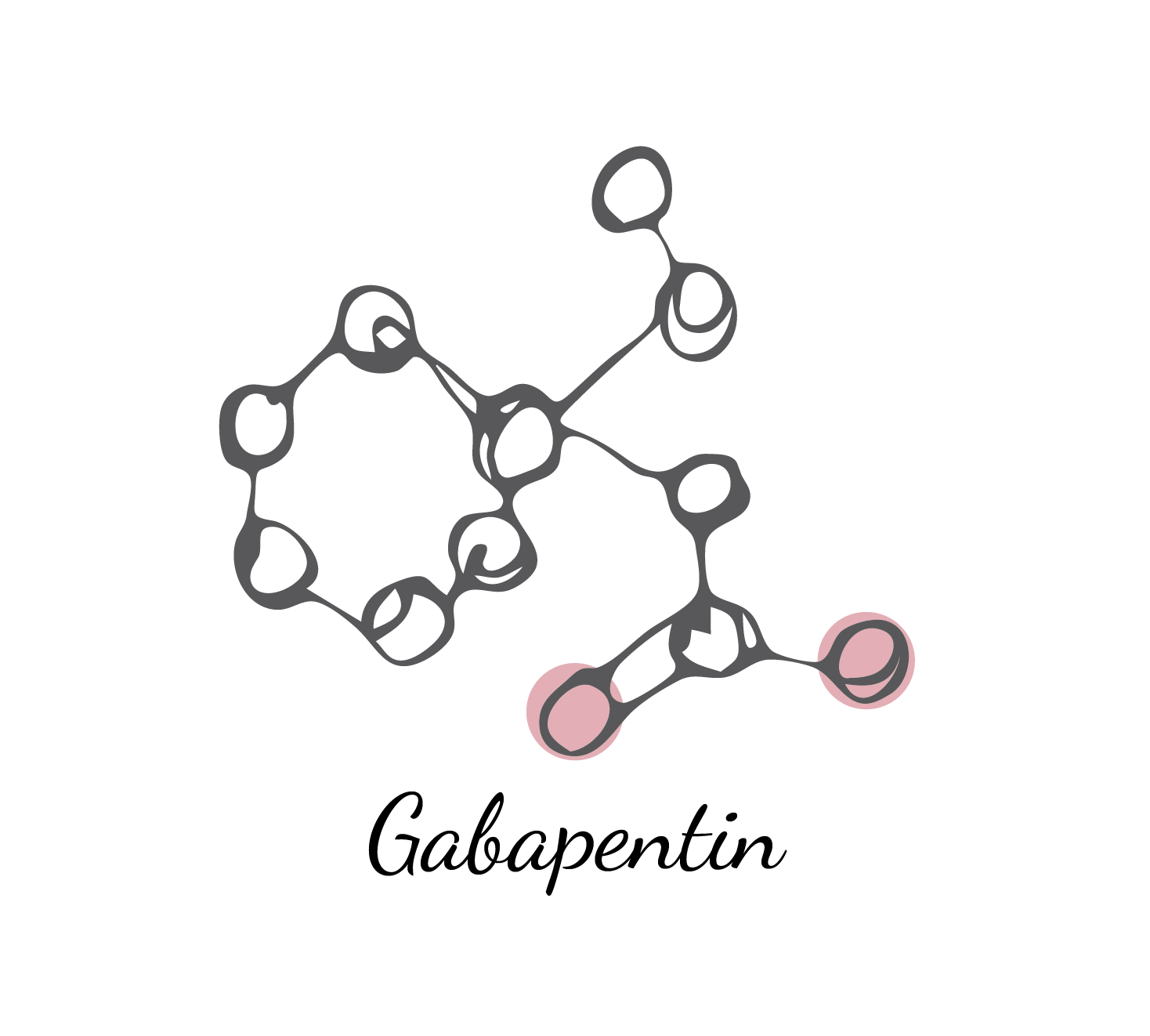
Far-Reaching Consequences
ARUP’s expertise in newborn drug testing is also having a positive impact on public health.
“The reason that we work with ARUP is because we trust the quality and accuracy of the testing,” said Torri Metz, MD, MS, associate professor of Obstetrics and Gynecology and vice chair for research of Obstetrics and Gynecology at the University of Utah.
In 2021, Metz collaborated with ARUP on anonymous umbilical cord sampling across Utah to get a sense of how common drug use is during pregnancy. As a result of this collaboration, she was able to identify “hot spots” for perinatal drug use. From a public health standpoint, this allowed more targeted interventions, such as educating clinicians to talk with patients about substance use and pregnancy in affected regions, and finding ways to link patients to multidisciplinary care and addiction services. Data collected in the study were also used in a successful grant application for resources to reduce morbidity and mortality from substance use disorders during pregnancy in Utah.
“Our relationship with ARUP is really critical to education intervention,” Metz said.

Torri Metz, MD, MSThe reason that we work with ARUP is because we trust the quality and accuracy of the testing."
Associate Professor of Obstetrics and Gynecology and Vice Chair for Research of Obstetrics and Gynecology at the University of Utah

